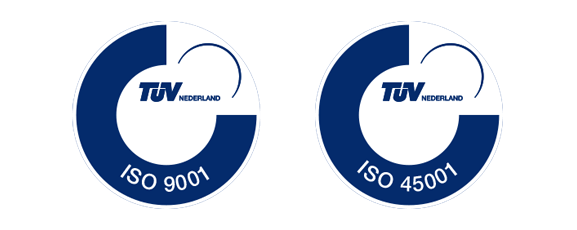VBR Turbine Partners are fully independent maintenance experts for GE LM aeroderivative gas turbines and Speedtronic & Woodward control systems. We provide customer-specific maintenance service agreements that can cover all areas of reliable & safe GT operation & maintenance.
GE LM2500(+)
The General Electric LM2500/+/G4 is a widely used industrial gas turbine. It is a derivative of the General Electric CF6 aircraft engine and considered to be one of the most reliable industrial gas turbines ever.
GE LM6000
The General Electric LM6000 is a simple-cycle, two-shaft, high-performance gas turbine that is derived from GE’s CF6-80C2 high bypass turbofan aircraft engine, proven as one of the most economical aircraft engines currently in service.
GE LM1600
The General Electric LM1600 is an industrial and marine gas turbine, a derivative of the F404 aircraft engine series. The LM1600 is a simple-cycle, two-shaft high-performonce engine and delivers 15 MW with a thermal efficiency of 37%.
GE TM2500(+)
The TM2500(+) gas turbine is the trailer mounted version of the LM2500(+) aeroderivative gas turbine. This makes it more flexible and very suited for application in situations where temporary electric power is required
NP PGT25(+)
The PGT25(+) gas turbine is based on the extremely reliable LM2500(+) gas generator and equipped with a High Speed Power Turbine (HSPT) usually for Mechanical Drive (centrifugal compressors, pumps) applications.
Aeroderivative gas turbines
Aeroderivative gas turbines such as the GE LM2500 and LM6000 series and the Siemens / Rolls Royce RB211 and AVON’s occupy an important place in the history of power generation. These turbines were developed for use on airplanes and became the first gas turbines to be used for the production of electricity. Aircraft engines were initially adapted for stationary power use. The primary role for aeroderivative gas turbines during this early phase was for peaking power.

Heavy duty gas turbines
As the advantages of aeroderivative gas turbines were recognized, a new type of dedicated industrial or heavy duty gas turbine was developed. The heavy duty engines were designed directly for the main baseload generation market. With the launch of this heavier and cheaper gas turbine, the two markets developed and diverged.
In one market there were the heavy duty machines as often found in a large combined cycle power plants. The other market was based around the light, responsive and very efficient aeroderivative gas turbine, usually but not always in a simple cycle configuration. Today, while the role of the industrial gas turbine remains broadly the same as in the past, that of the aeroderivative is changing.
Aeroderivatives; more thermodynamically efficient
The primary characteristics of an aeroderivative gas turbine are low mass and high efficiency. While for many stationary applications low mass is not particularly advantageous, there are key areas such as mobile power where it is valuable. In order to keep weight down, aeroderivative engines tend to use more advanced materials than industrial engines. These advanced materials will often allow them to operate at higher temperatures too and this means that they can potentially be more thermodynamically efficient than a similar industrial engine.
Many aeroderivative gas turbines will have a compression ratio of up to 40:1, which is significantly higher than a standard industrial turbine. This is why aeroderivative gas turbines are the most efficient gas turbines available. Typical performance is in the 41% to 42% range in simple cycle while the best units can achieve 46% and more when utilising additional techniques.








